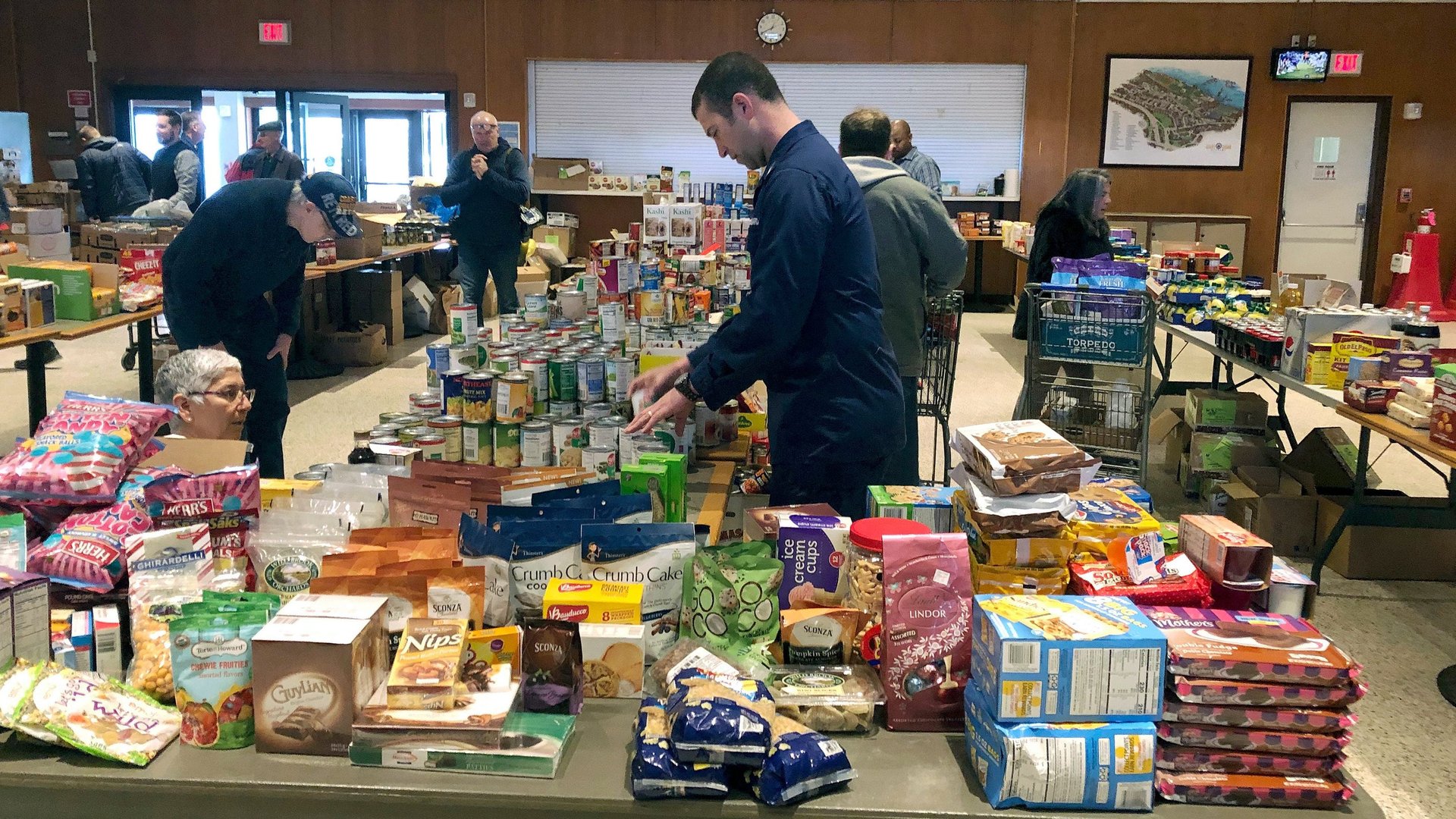Americans are waiting up to 50 days for SNAP benefits because of the government shutdown
The US government’s 35-day shutdown may be over, but some Americans are still going hungry as a direct result of the record-breaking freeze.


The US government’s 35-day shutdown may be over, but some Americans are still going hungry as a direct result of the record-breaking freeze.
Americans who receive Supplemental Nutrition Assistance Program (SNAP) benefits, commonly referred to as food stamps, typically receive the benefits every 28 to 30 days. But during the shutdown, the US Department of Agriculture issued SNAP benefits for February early, by Jan. 20 for most, to ensure that they would be able to deliver payments at all. For many households, this created “the SNAP gap,” a longer than usual period between payments. Add to this cold weather and, for many school-aged children around the country, a winter break away from free school breakfasts and lunches, and you have a potent recipe for hunger.
The results of the SNAP gap effect are showing up across the country. In Texarkana, Texas, the Salvation Army is running low on food and in need of extra volunteers to fill boxes for the increased number of people seeking help with groceries this week. In New York State’s Southern Tier region, Turning Point Catholic Charities have doubled the number of times people can come in to pick up food, from twice a month to weekly. In Connecticut, the Bridgeport Rescue Mission has seen a 50% increase in demand for grocery items and hot meals over the past month. And in Boise, St. Vincent de Paul of Southwest Idaho, which operates five food pantries, has declared a state of food emergency in a press release sent to local media outlets, seeking help to fill their depleted stores of supplies.
The Center on Budget and Policy Priorities estimates that, because of the shutdown, 15 million households experience a SNAP gap of more than 40 days, while 4 million households will have a gap of up to 50 days. Many families already have a hard time making their SNAP benefits last through a month. Most states will issue March benefits on March 1—earlier than normal in most places—to address the crunch.
Confusion about the early payment, and uncertainty about future payments, have compounded the problem. In Delaware and in update New York, rumors circulated that recipients would have to use their benefits by a certain date, or lose the balance.
“They said, ‘You have to save your benefit,’ then I hear some people say, ‘You have to spend all of it by the end of February, if not, by March 1, you cannot use your card anymore,’” a woman identified only as Denise of Dagsboro told the public radio station WHYY. “It’s confusing, especially for people with a whole lot of kids. It’s crazy.”
“I think people were feeling very uncertain about what was going on with the government in general and weren’t really trusting that that money was going to be there,” Traci Weatherford-Brown, chief advancement officer at the Greater Pittsburgh Community Food Bank told the Pittsburgh Post-Gazette.
SNAP benefits do not cover the entire food budget for most households. The Urban Institute estimates that, while the estimated average benefit for a family of four for 2019 is $465, the average user needs an additional $47 per month to cover food costs.